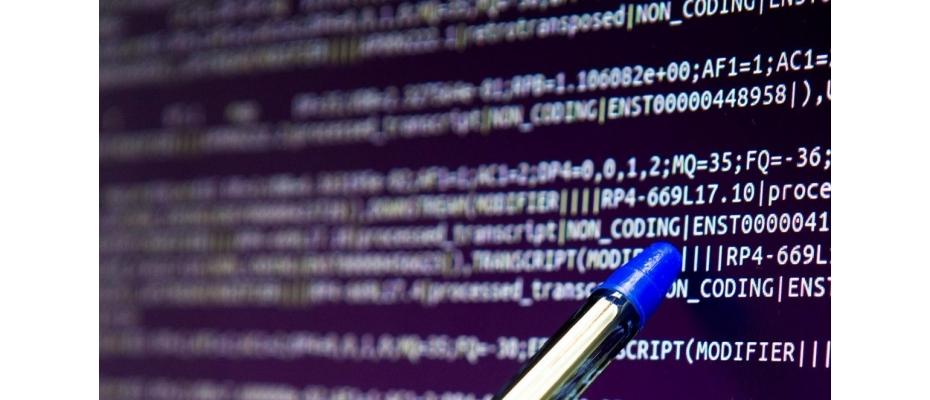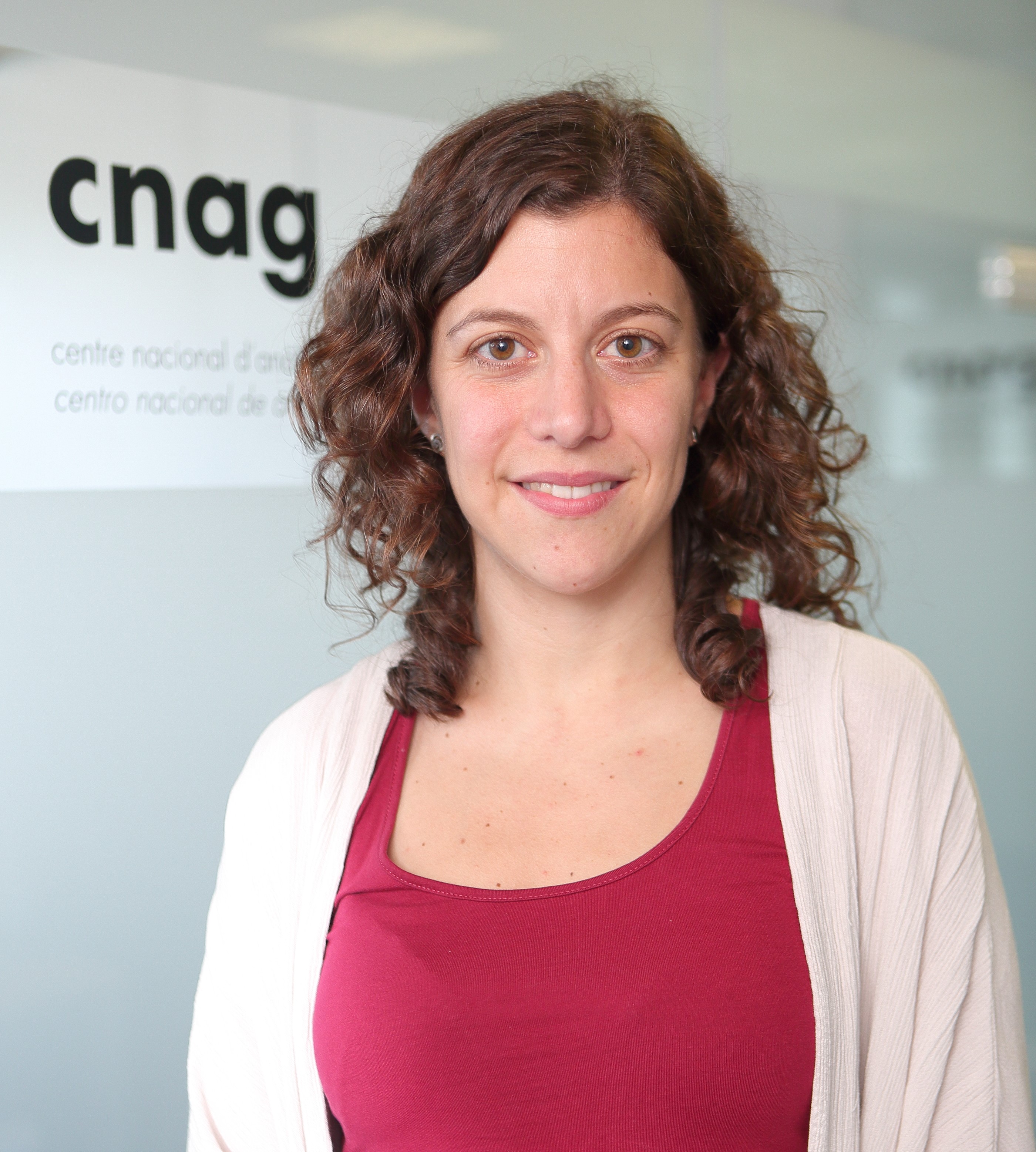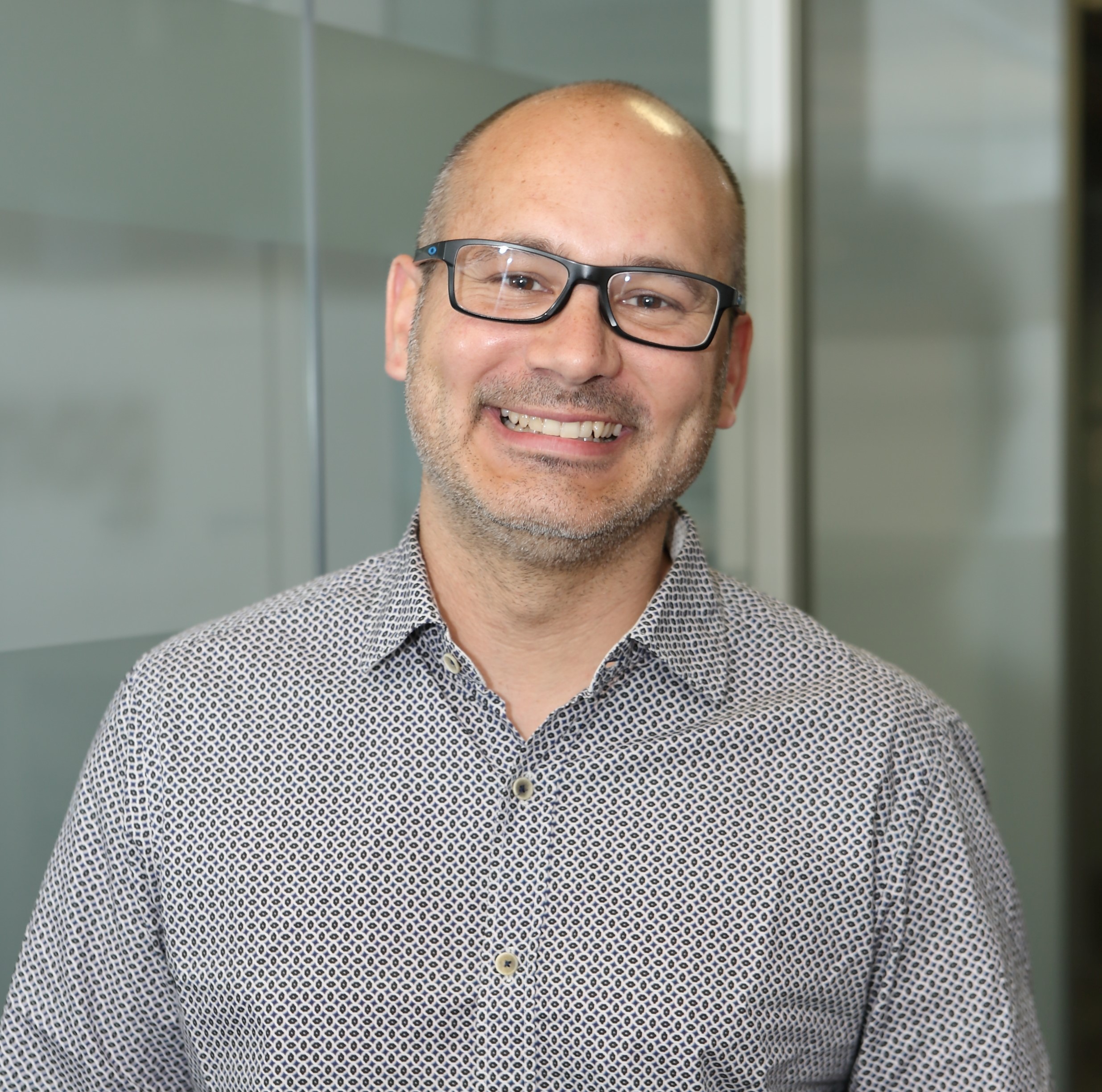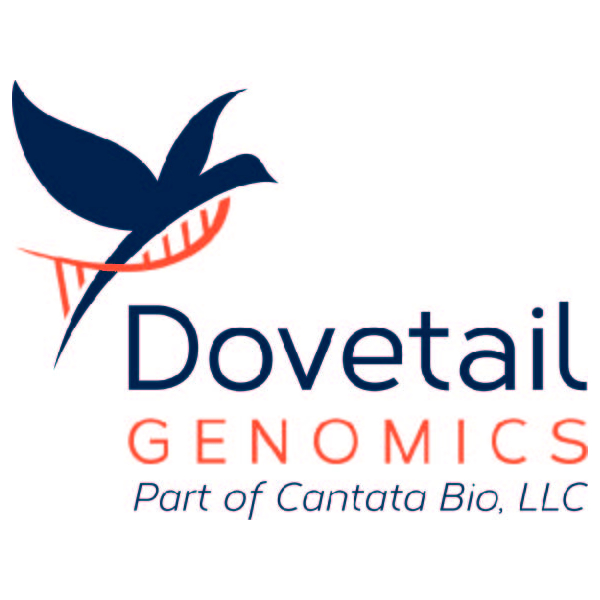
Barcelona, 12 May 2022.- An estimated 300 million people around the world are affected by one of the 6,000 rare diseases described so far. A disease is considered rare when it affects less than 1 in 2,000 individuals. Rare diseases cover many different forms of conditions as varied as metabolic diseases, cancer or immune deficiencies, and they are mostly caused by one or two genetic mutations.
On average, it takes five years for a rare disease patient to get a molecular diagnosis – if a diagnosis is found at all. This ‘diagnostic odyssey’ causes immense suffering to patients and families and generates high healthcare costs. Identifying the genetic defect of the disease is important to open treatment options, provide genetic counselling to the family, give information about the progression and prognosis of the disease, and reduce patient and family anxiety.
In the past, identifying genetic differences such as variants or mutations was extremely challenging and time consuming, and was only possible for a handful of genes for every patient. Technological advances now make it possible for genome sequencing to scan all the genes in the genome to find the millions of genetic differences in each individual. Importantly, it can do so at reasonable cost.
However, analysing genome sequence data and identifying the variations or mutations that cause disease is challenging and time-consuming. This is one of the reasons a significant proportion of patients remain without a diagnosis even after genomic testing.
A chance to end the ‘diagnostic odyssey’
To provide a second chance for patients who have exhausted the routine clinical pathway including genomic testing, research centres associated to Catalan hospitals set up the Undiagnosed Programme of Catalonia (URD-Cat). The consortium, coordinated by Hospital del Mar Medical Research Institute (IMIM-Hospital del Mar), set out as a pilot project to share patient data from neurological diseases through a collaborative platform developed by researchers at Centro Nacional de Análisis Genómico (CNAG-CRG).
The platform, called Genome-Phenome Analysis Platform (GPAP), allows integrated genomic and clinical data to be reanalysed and re-evaluated with state-of-the-art tools, not only by the health centre managing that patient but also by the rest of the consortium, pooling knowledge expertise from around Catalonia.
The URD-Cat GPAP was used to reanalyse the genomic data of 323 patients with undiagnosed neurologic rare diseases, who remained undiagnosed between a period of one to eight years, with the median period of time being four years. They found a conclusive genetic diagnosis for 67 out of 323 patients (20.7% of cases). Their findings are published today in a study in The Journal of Molecular Diagnostics.
Furthermore, six new genes associated with a specific rare disease were identified in URD-Cat, expanding the global knowledge about the genetic causes of rare diseases and highlighting the utility of the platform also for the discovery of new gene-disease associations.
“The URD-Cat GPAP provides a way of continuous communication and data sharing between the professionals implicated in a patient’s genetic diagnosis, bringing together otherwise scattered expertise,” says Gemma Bullich, Data Analyst at the CNAG-CRG and first author of the study. “The platform is periodically updated and new functionalities are included on the basis of users’ needs. This is a nice example of the impact close collaboration among clinicians, geneticists, bioinformaticians and software engineers can have.”
“The diagnoses we made helped improve patient clinical management, enabled genetic counselling for families and also helped diagnose other family members with the same condition,” says Luis A. Pérez-Jurado, coordinator of the URD-Cat consortium, Head of the Clinical Genetics Unit at the Hospital de Mar in Barcelona and Coordinator of the Human Genetics Research Group at the Universitat Pompeu Fabra. “Importantly, it also helped people living with the condition get in touch with patient associations and meet other people going through similar challenges.”
“Initiatives such as URD-Cat offer a glimmer of hope for those patients without a diagnosis once the routine diagnostic tests have been performed,” says Sergi Beltran, Head of Bioinformatics Unit at the CNAG-CRG and corresponding author of the article. “The iGenCO project, financed by La Marató de TV3, will give us the opportunity to go further, benefiting both this cohort of patients and additional ones beyond neurological diseases that remained without a diagnosis by performing new non-routine tests, conducting more comprehensive analysis and implementing new features into the collaborative platform.”
Although not included in the study published today, the URD-Cat project has undertaken other activities such the generation of high-throughput molecular data with tests that are not currently a standard in the clinic. Those analyses have helped to diagnose further patients. URD-Cat has also organised several training courses addressed to health professionals and investigators at different stages with the goal to involve as many professionals as possible in this Genomic and Personalised Medicine for Rare Diseases.
URD-Cat involves the main groups that work in rare diseases from seven health research institutes in Barcelona (IMIM, IDIBAPS, IDIBELL, HSJD, VHIR, HSP, IGTP), the CNAG-CRG, the ISGlobal, the BSC-CNS and the Spanish Rare Disease Patient Federation (FEDER). A multidisciplinary team of more than 140 professionals including clinicians, geneticists, bioinformaticians, biochemists, technicians and software engineers participate in the project.
Work of reference













